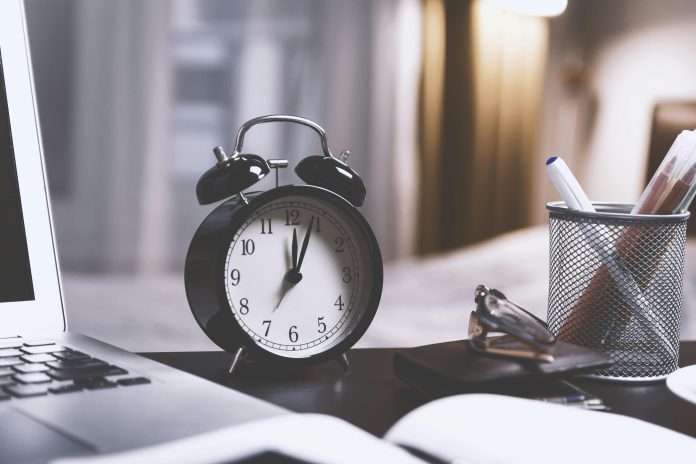Timing can make or break your email marketing success. Even the most well-written and beautifully designed email newsletter can go unnoticed if it lands in your subscribers’ inboxes at the wrong time.
So, how do you find the best time to send your email newsletter — the moment when your audience is most likely to open, read, and engage? Let’s explore how to get the timing right for your campaigns.
Why Timing Matters
Your subscribers’ inboxes are busy places. When you send your emails can influence everything from open rates to click-throughs and conversions.
If your message arrives when your audience is active and checking their inbox, it has a much better chance of being seen and acted upon. Send it too early, too late, or on a day when engagement is low, and even your best content might get buried.
Step 1: Understand Your Audience
The perfect send time depends largely on who your subscribers are. For example, a B2B audience might check emails during work hours, while a consumer-focused list may be more active in the evenings or at weekends.
Ask yourself:
- Are my subscribers business professionals or general consumers?
- Which time zones are they in?
- When are they most likely to be online or using their devices?
The more you know about your audience, the easier it is to choose a send time that fits their routines.
Step 2: Review Your Data
Your existing campaign reports are your best source of truth. Most email marketing platforms (including Email Blaster) provide detailed insights into open and click rates by time and day.
What to look for:
- Which days consistently show higher open rates?
- Do certain send times generate more clicks or conversions?
- Are there noticeable patterns over several campaigns?
This data will help you identify trends unique to your audience — because “best time” isn’t one-size-fits-all.
Step 3: Test and Compare
The most effective way to find your ideal send time is through A/B testing (also known as split testing).
How to do it:
- Divide your subscriber list into two or more groups.
- Send the same email at different times (for example, one in the morning and one in the afternoon).
- Compare open and click-through rates to see which performed better.
Repeat this over several campaigns to build a clear picture of when your audience is most responsive.
Step 4: Consider Industry Benchmarks (as a Starting Point)
While every audience is different, research can provide a useful baseline. Studies often suggest:
- B2B emails perform best on Tuesday to Thursday mornings, between 9am and 11am.
- B2C newsletters tend to do better in the evenings or weekends, when people are browsing on their phones.
These are general trends — a great starting point for testing, but not a hard rule. Your data will always be more accurate for your unique audience.
Step 5: Factor in Frequency and Relevance
Even if you find the perfect time, sending too often can reduce engagement. It’s about timing and consistency.
Best practices:
- Stick to a regular schedule (for example, every Tuesday morning).
- Avoid sending multiple newsletters within short timeframes.
- Focus on quality content that’s worth your subscribers’ attention.
Over time, your subscribers will come to expect and look forward to your emails.
Step 6: Keep Testing — Audiences Change
What works today might not work next year. Subscriber behaviour evolves with changes in technology, habits, and even seasons.
Keep refining:
- Review your analytics every few months.
- Re-test your timing after major holidays or schedule changes.
- Adapt to new insights as your audience grows.
Final Thoughts
Finding the best time to send your email newsletter isn’t about following a universal rule — it’s about understanding your audience and using data to guide your decisions.
With Email Blaster, you can easily track open rates, compare campaign performance, and test different send times to discover what truly works. By combining insight with experimentation, you’ll reach your subscribers when they’re most ready to engage.
Better timing means better results — and that starts with knowing your audience and using your data wisely.


